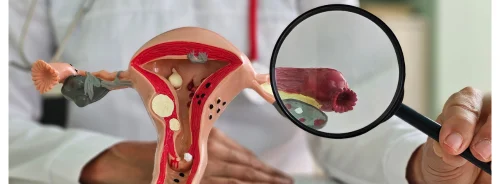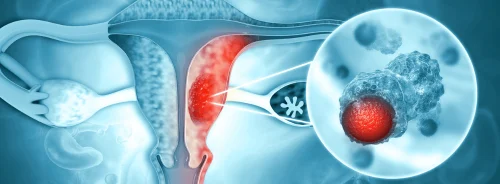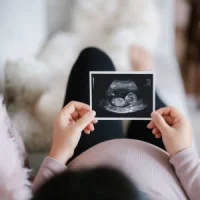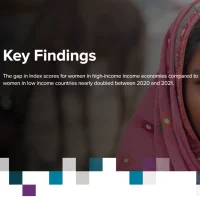According to a new report by non-profit March of Dimes, there has been an increase in the number of counties in the U.S. in which access to maternity support is severely restricted or absent.March of Dimes defined maternity care deserts as, “any county in the United States without a hospital or birth center offering obstetric care and without any obstetric providers” (March of Dimes, 2022).
Statistics revealed that 36% of all U.S. counties are maternity care deserts. Between 2020 and 2022, 5% of U.S. counties limited women’s access to maternity care; approximately 6.9 million women of all ages live in areas with little to no access to maternity care. They live in areas without or with limited obstetric care, lack of specialised staff, no midwives and/or with hospitals that do not offer obstetric services.
Maternity care deserts can be linked to the lack of adequate prenatal care or treatments during pregnancy, leading to an increased risk of maternal death.
March of Dimes President and CEO Stacey Stewart said, “Today, the US is considered, among all highly industrialized countries, one of the most dangerous developed nations in the world in which to give birth. And part of the problem with that, and part of the reason for that, is because of these huge gaps in access to care”.
Most of these maternity care deserts exist in large parts of the South and some in the Midwest - fewer than 7% of obstetrics provide care in rural areas, with most of them likely to be working in metropolitan counties.
March of Dimes acknowledges the existing research that proves there is a correlation between maternity care deserts and states where abortion access is restricted. This is problematic as these areas urgently require more obstetricians, but restrictive laws around abortion access discourage care providers from moving and working within these areas. There needs to be more attention on the fact that these places already suffer from limited services, and more needs to be done to prevent the situation from escalating.
Dr. Georges Benjamin, executive director of the American Public Health Association,stated that, “We already know that we have huge disparities in ob-gyn care for pregnant women,” he said. “The biggest concern of course is access to care for women, and I think it means that both infant mortality rates run the risk of going up and maternal mortality rates run the risk of going up”.
It is crucial that more detail is paid to the counties that are maternity care deserts in order to determine how best to improve access to maternity care, and attract more providers to these areas.
For more Women's Health news Click here
Source: CNN News
References:
March of Dimes (2022) Maternity Care Desert











